Walk Inside a Gothic Prayer Bead in a VR Experience at the Cloisters
The VR experience accompanying Small Wonders at the Cloisters in New York is an immersive tour through the angels and demons of a tiny 16th-century prayer bead.
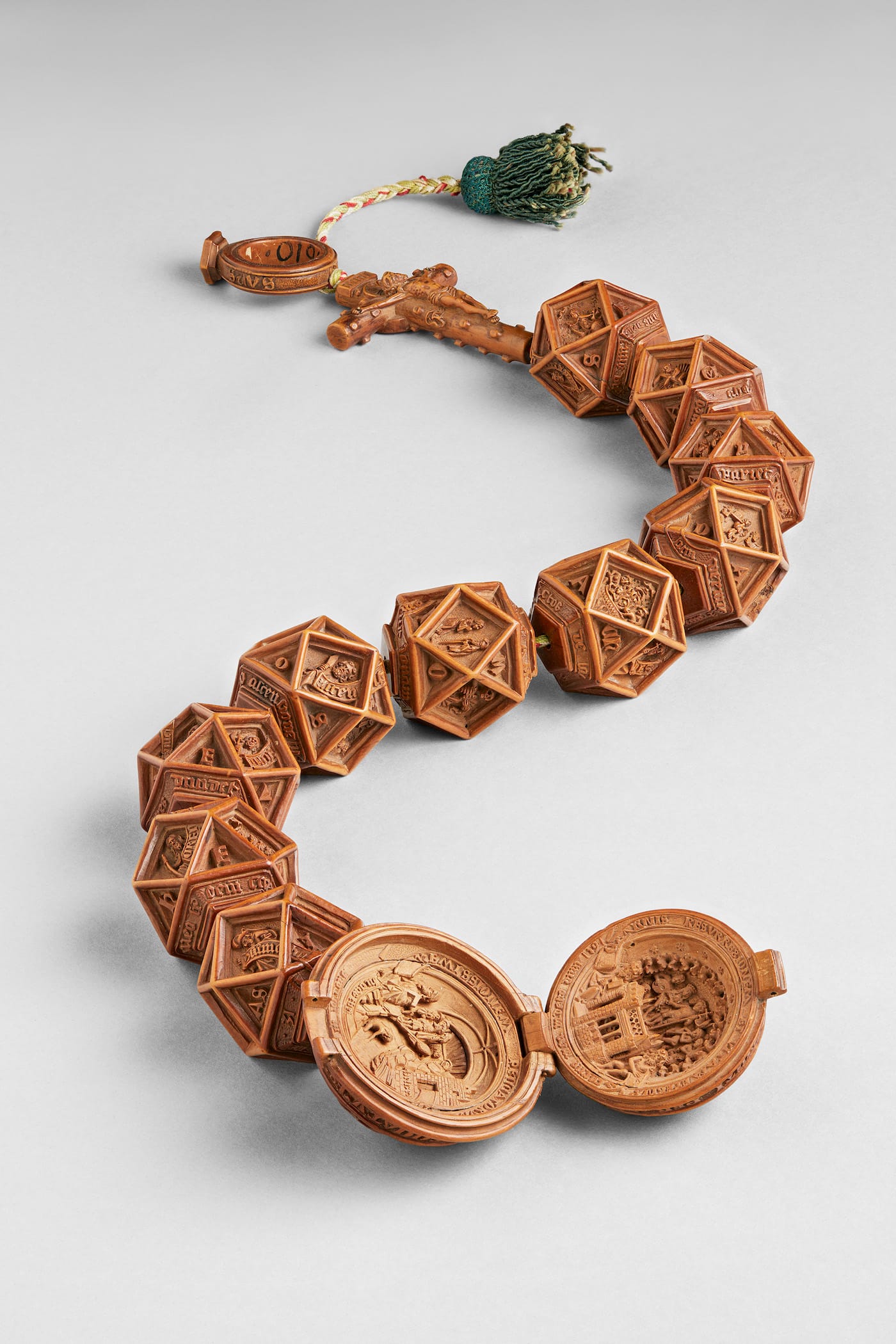
The Small Wonders: Gothic Boxwood Miniatures exhibition that opened this week at the Metropolitan Museum of Art’s Cloisters is a rare gathering of around 50 tiny wood carvings created for religious meditation. The details on the prayer beads, some two inches in diameter, are incredible, so layered with their saints and devils, that, according to Anna Serrano, “The moment people see these objects, they wish that they could go inside.” Serrano is the chief digital officer at the Canadian Film Centre’s Media Lab (CFC), and producer for “Small Wonders: The VR Experience,” which allows museum visitors to do just that.

Although the Small Wonders exhibition, organized by the Met, the Art Gallery of Ontario (AGO), and the Rijksmuseum, is up through May 21, the VR experience is only a four-day event, starting today and concluding on Monday, February 27. (Registration for time slots is online.) And it really is worth it to gain an intricate understanding on a forensic level of how meticulous the detail is in these handheld objects, with the VR concentrating on one 16th-century Netherlandish piece depicting the Last Judgement and the Coronation of the Virgin. At one point in the VR experience, you can kneel down to look into the jaws of a demon, and see carving marks inside its minuscule mouth. At another, you lean in close to damned souls being pulled away to hell by devilish creatures, with one lone cloaked figure in their midst seeming to lurk as a memento mori.
“Not only does it shine a light on the objects themselves, it can be used for research purposes,” Serrano said, noting that the VR project, as well as the CT scanning that was developed into this immersive world, has helped researchers to better understand the tools, process, and design of the miniatures. The experience is a collaboration between AGO Conservator Lisa Ellis and interactive artist and designer Priam Givord, with production by CFC and Seneca’s School of Creative Arts and Animation. It was initially staged at the exhibition’s debut at the AGO last November. Small Wonders is the first time so many of these boxwood carvings, formed from a particular type of evergreen tree, have been shown together.
“Essentially the VR came from the fact that you couldn’t open the beads, they were inaccessible,” Givord said. “We got a very precise model to blow it up and also separate the pieces. These pieces have never been separated before.” In other words, while you can crack open the prayer bead to see its view, catching the somber expression of a man in a lower row of the bead was impossible. Yet in the VR experience, you are shrunk down to miniature size, and able to walk through the exploded layers of the biblical scene, and see his minutely-carved face.
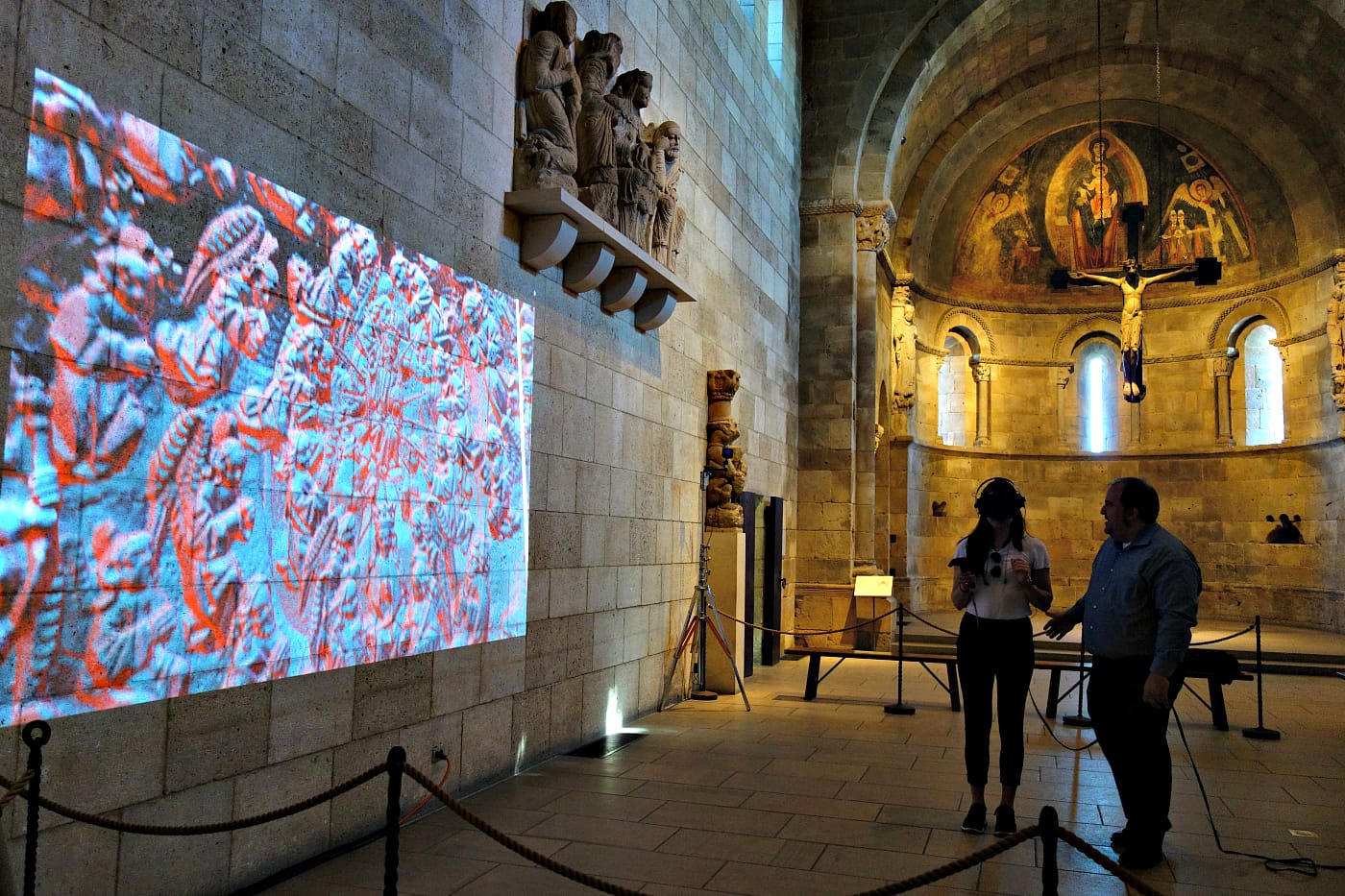

Unlike a lot of art-related VR I’ve experienced, the Small Wonders interactive is much more about appreciating an object in a different way than just a novelty. It’s also impressively transporting, as one moment you’re standing in the Fuentidueña Chapel at the Cloisters, and the next you’re on some Ender’s Game-esque gridded plane, the bead looming above you. A soundtrack of 16th-century Northern European spiritual songs sets the mood, drowning out the museum sounds. An attendant guides you through the process so you don’t trip over the rope and stumble into any priceless art, and with a controller you can explode and contract the diorama of the bead. Even though you are aware it is a digital view, there’s still something startling about walking through the carved surface. For Givord, who has an industrial design background, preserving that tactile nature with the scans, instead of simulating a digital wood grain, was essential to the project. He wanted something “that’s visceral and that you can touch,” even if your hand goes right through.
“Most of the people have had the same attraction and hypnotizing experience as the objects were made to have,” he said, remarking that users “almost get into a meditative state,” much like a Gothic worshipper would have when studying the scenes in the palm of his hand. The wonder of these small objects is still very much present in marveling at the carved sacred scenes of heaven, hell, and biblical miracles. The VR helps recover the fascination that might have been felt by a person in the 16th century, when their seemingly impossible precision was part of that awe. It was a deeply contemplative mental condition, — not unlike, as Serrano put it, “the flow state you have when you are playing a game.”
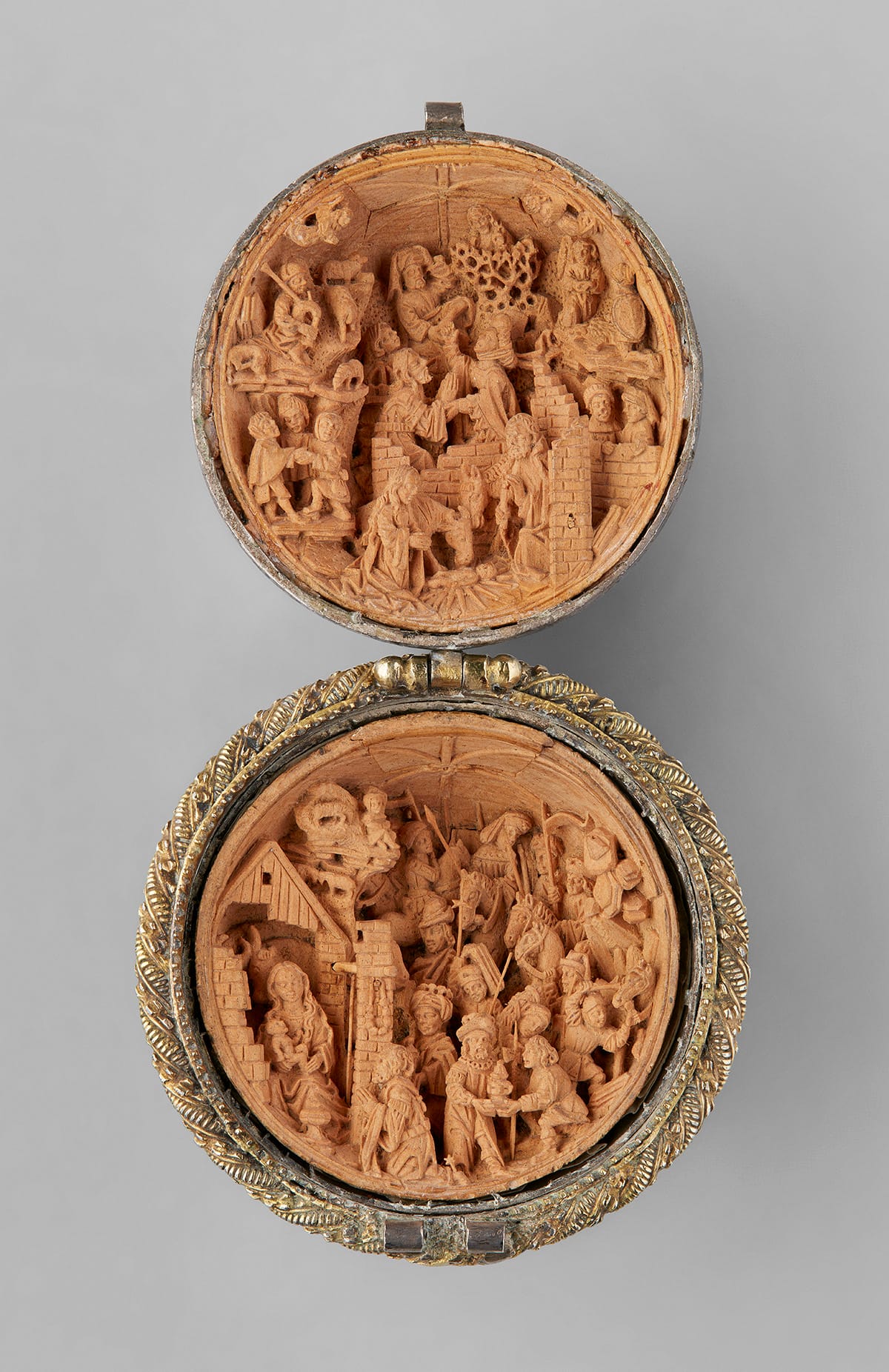
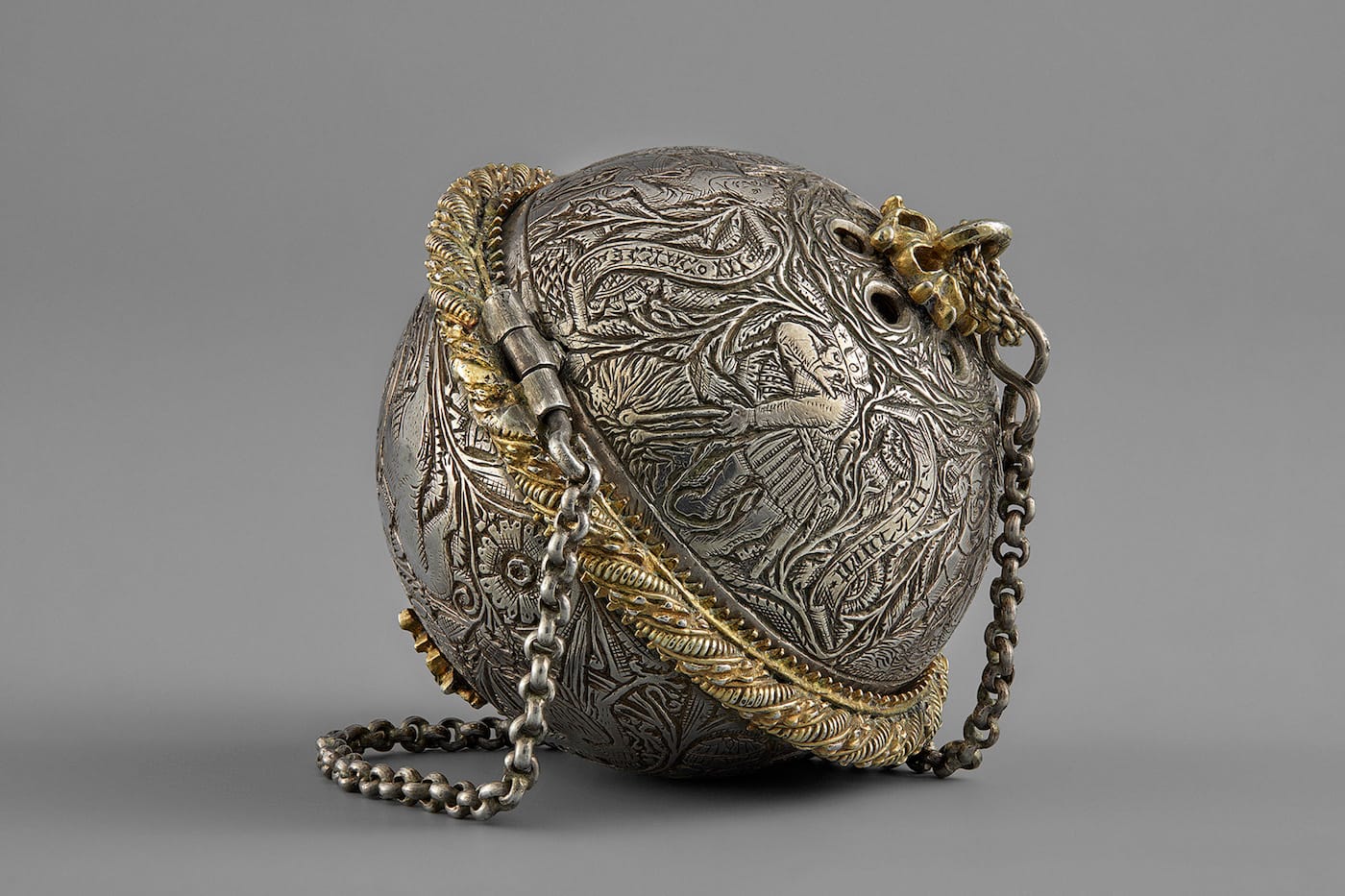
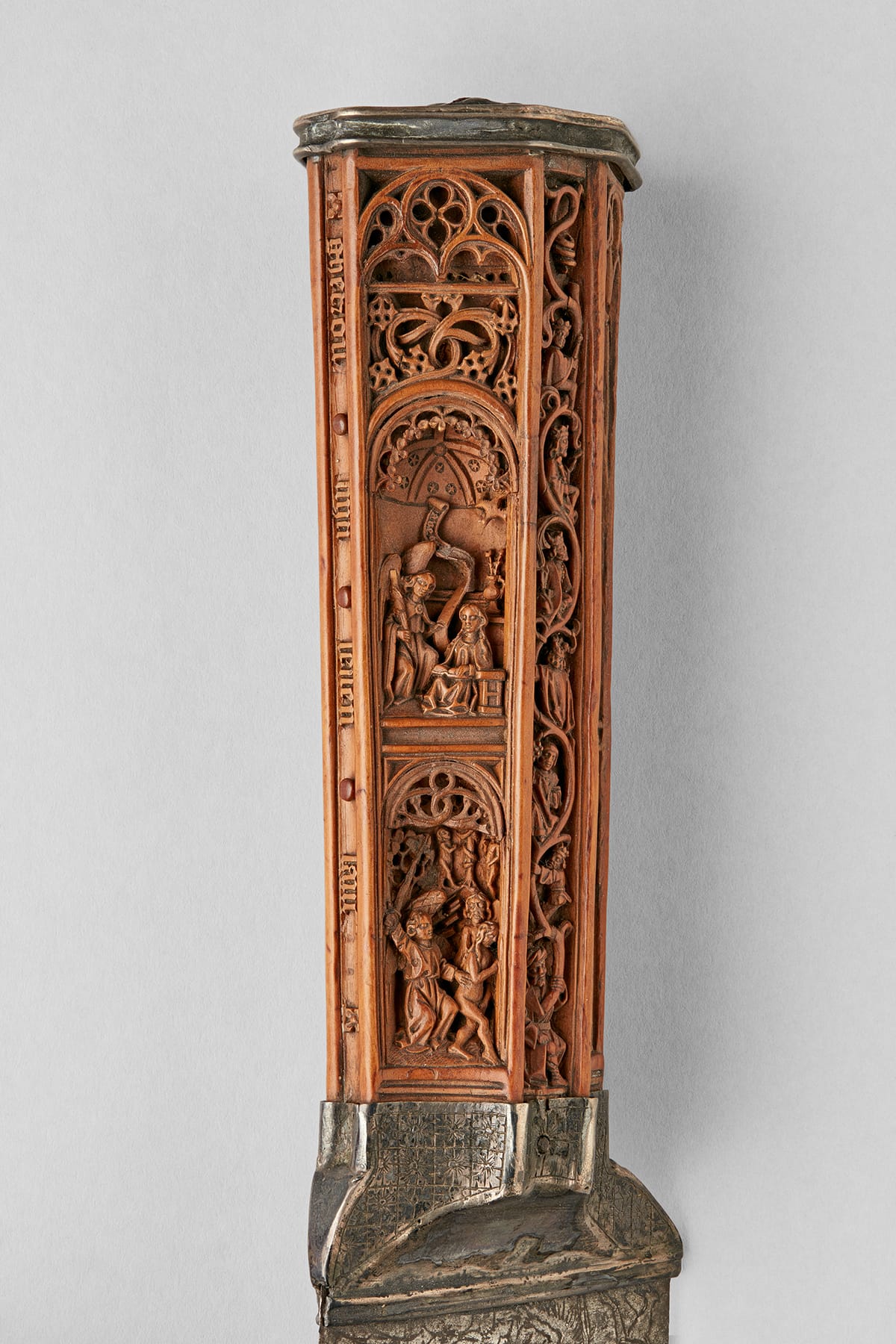
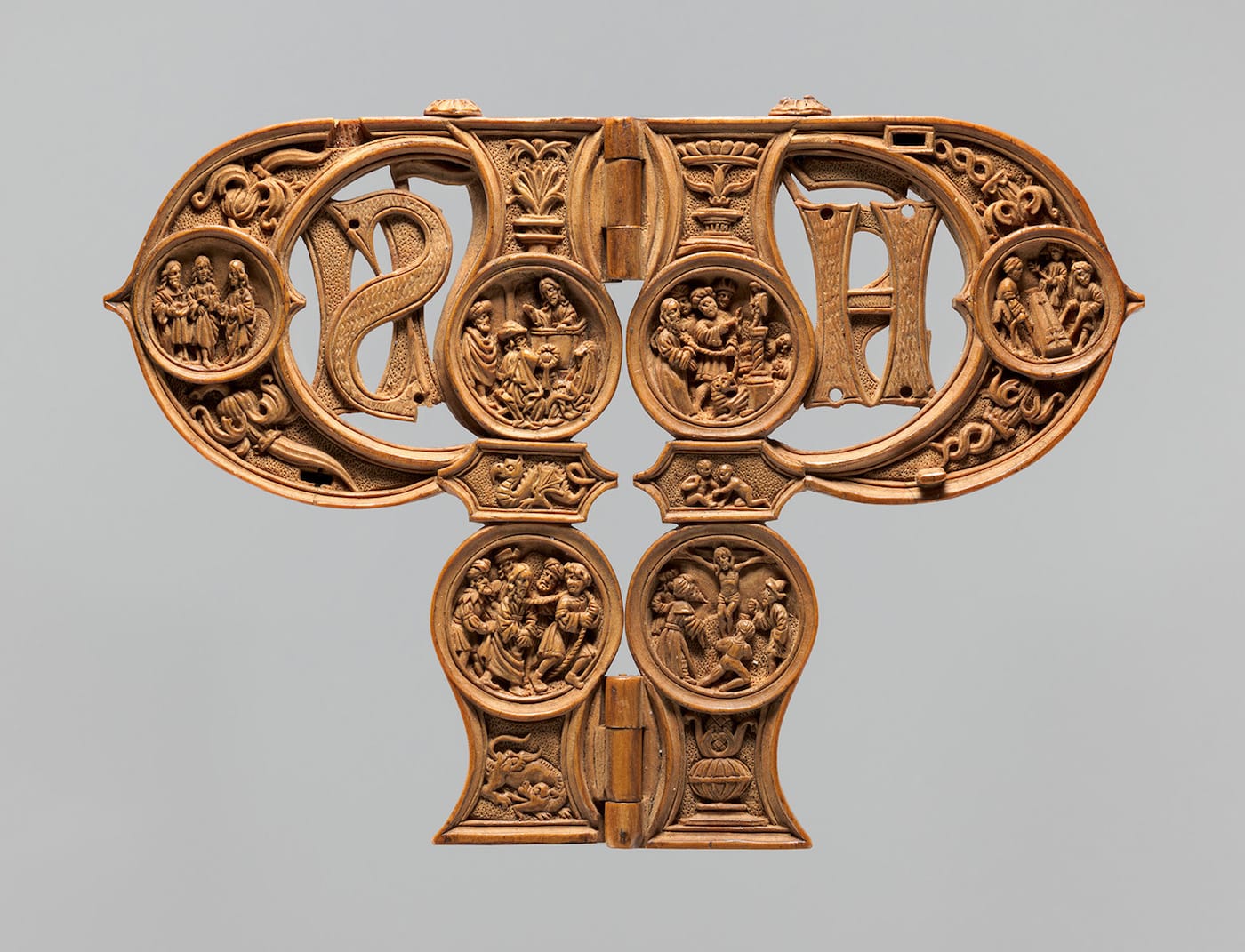


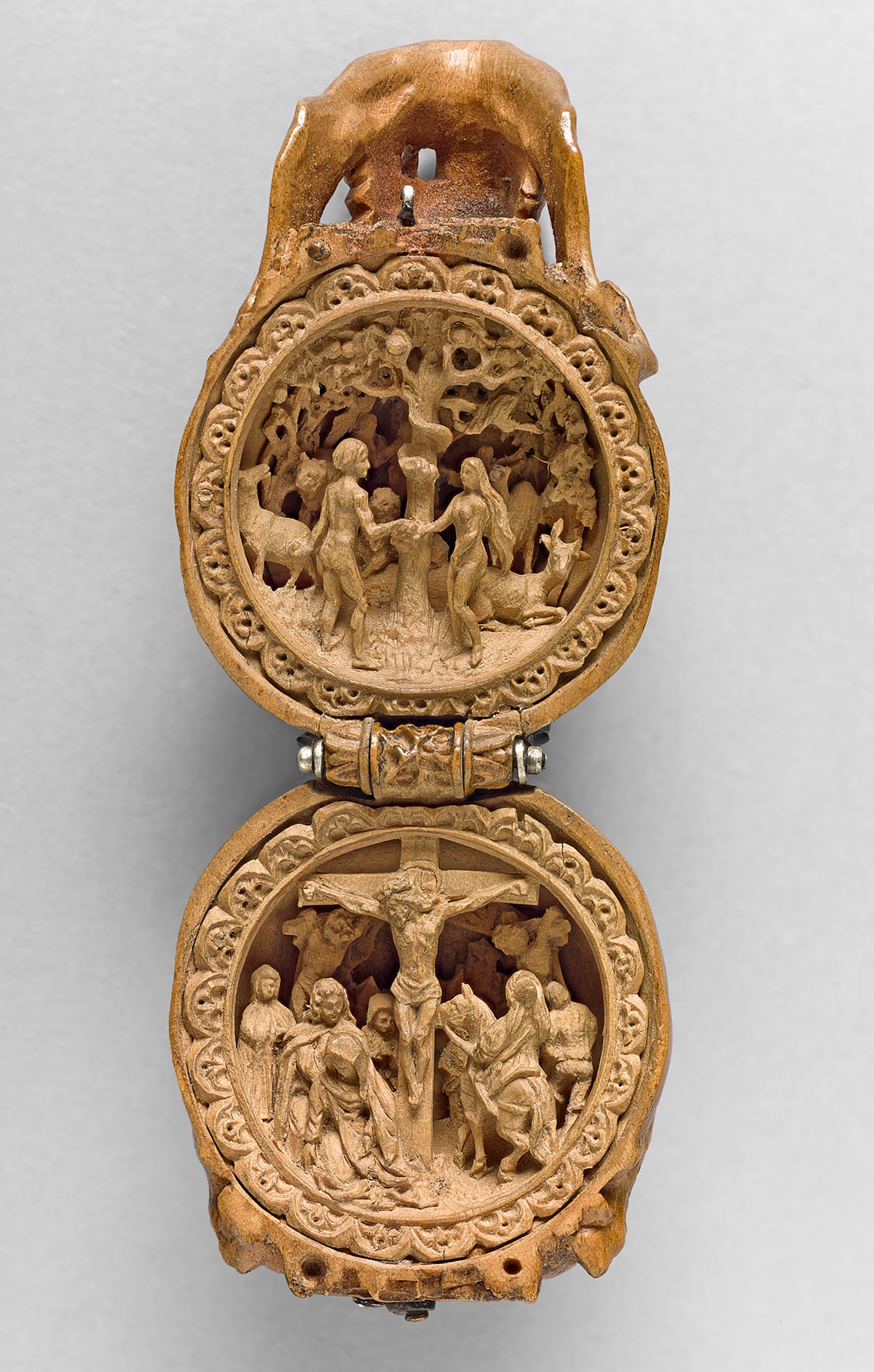
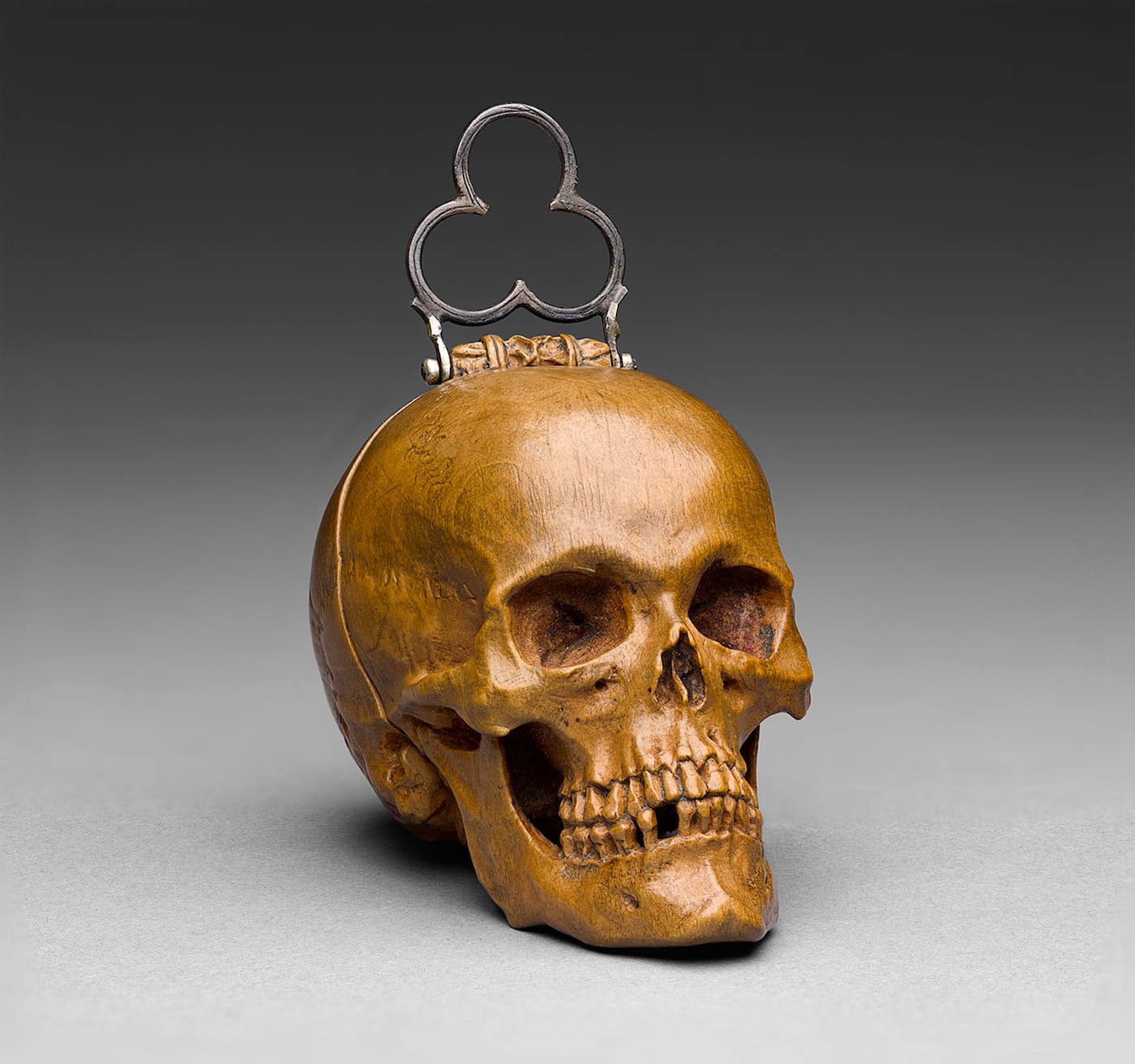
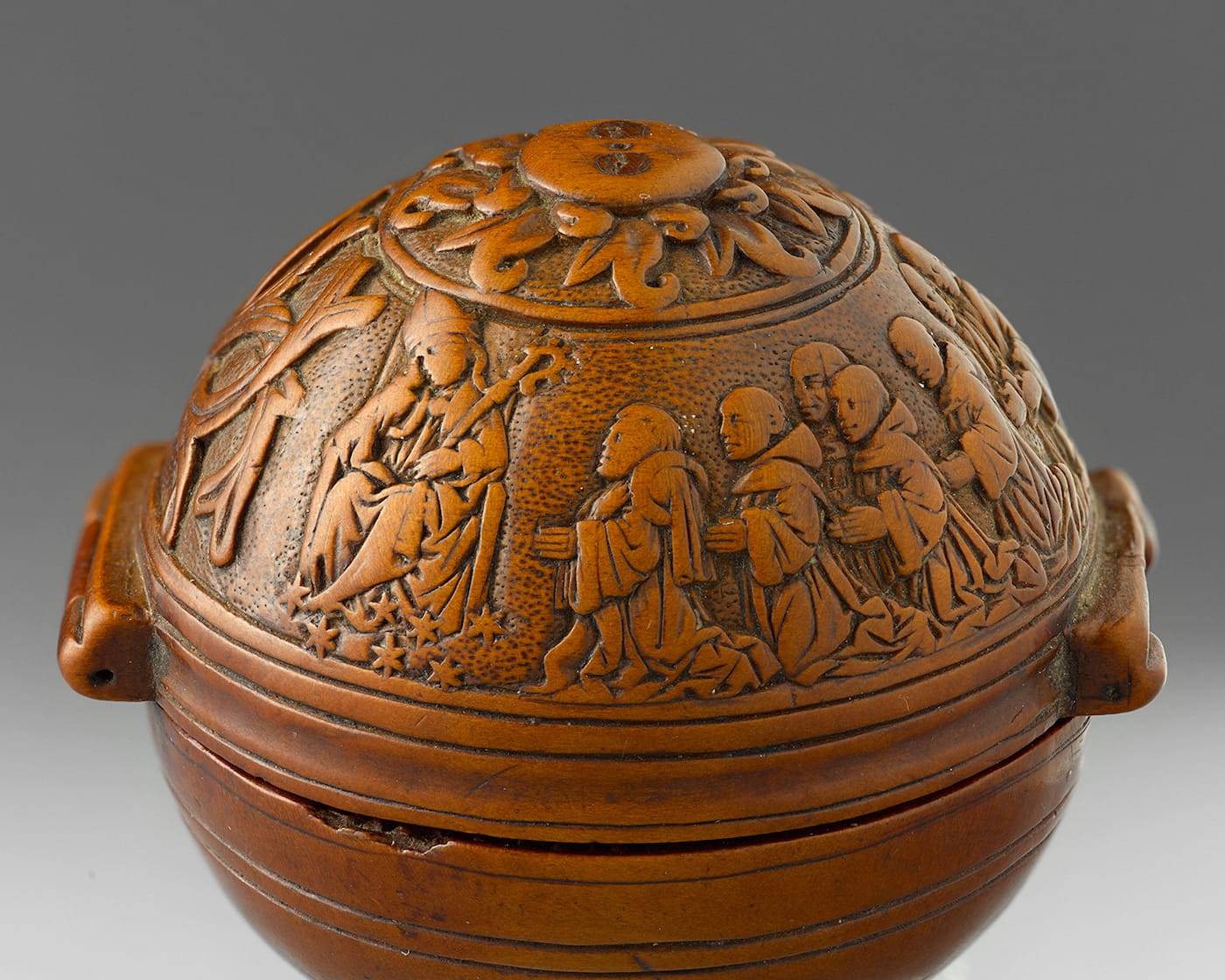

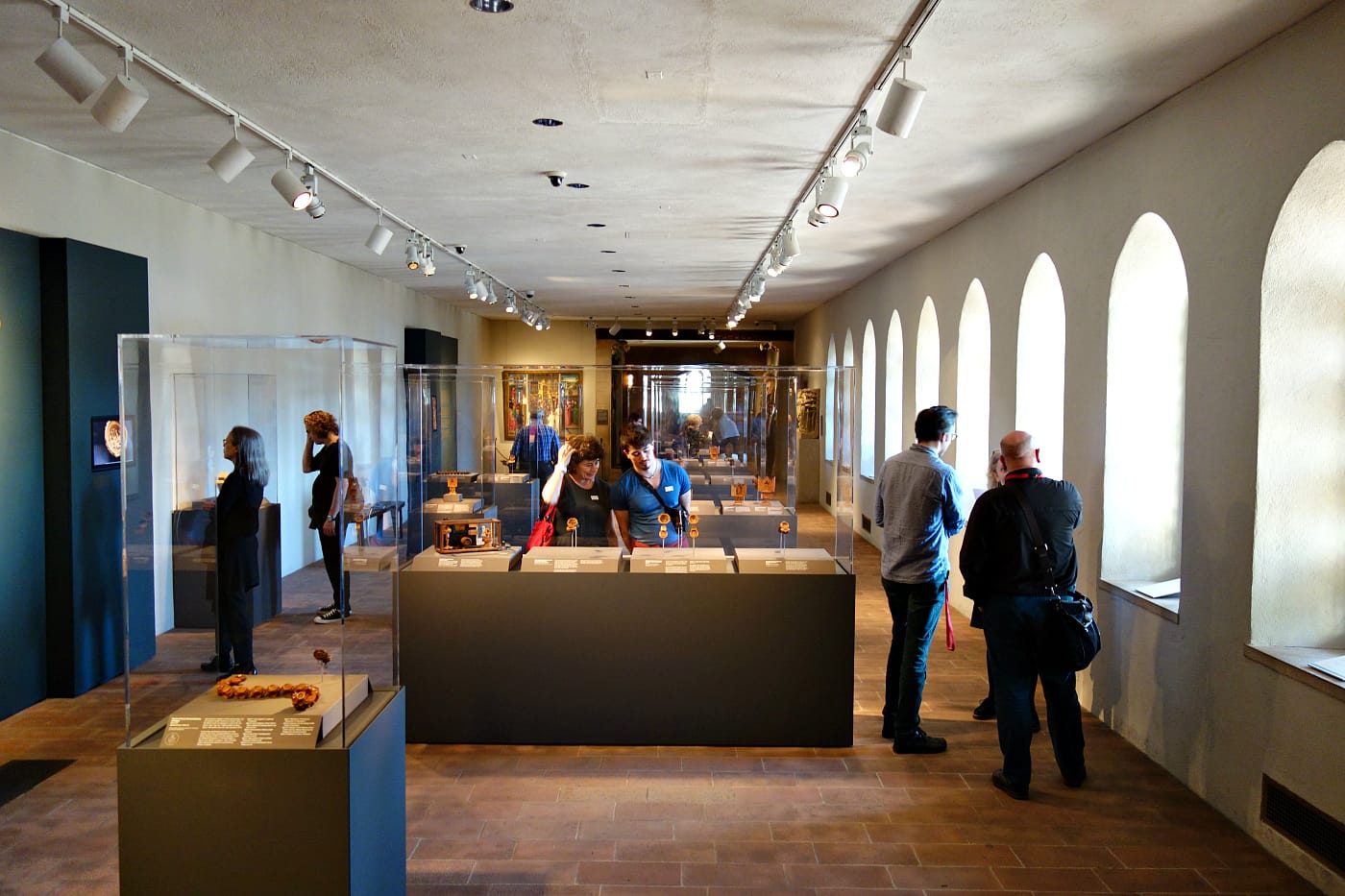
Small Wonders: Gothic Boxwood Miniatures continues through May 21 at the Metropolitan Museum of Art’s Cloisters (99 Margaret Corbin Drive, Fort Tryon Park, Manhattan). “Small Wonders: The VR Experience” runs through February 27.
UPDATE: Small Wonders: The VR Experience will return to the Cloisters May 12 to 14.





